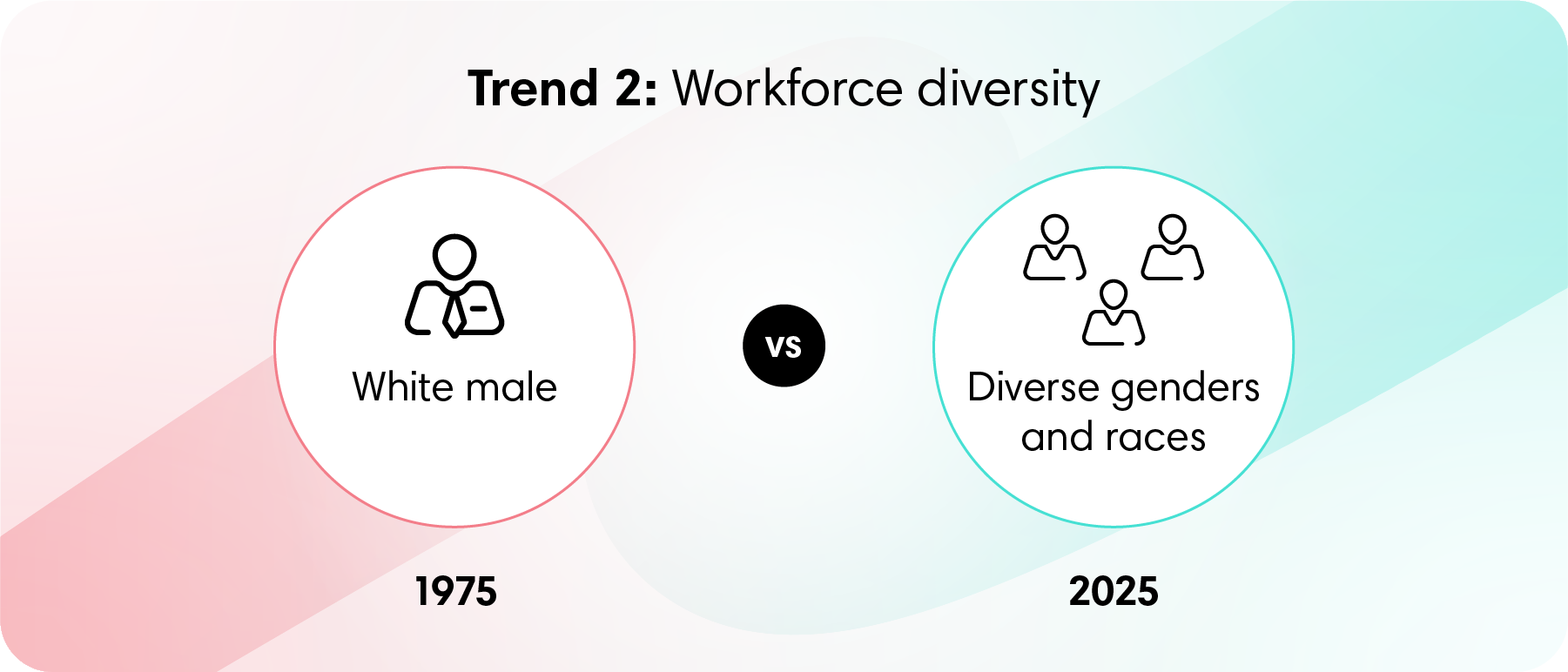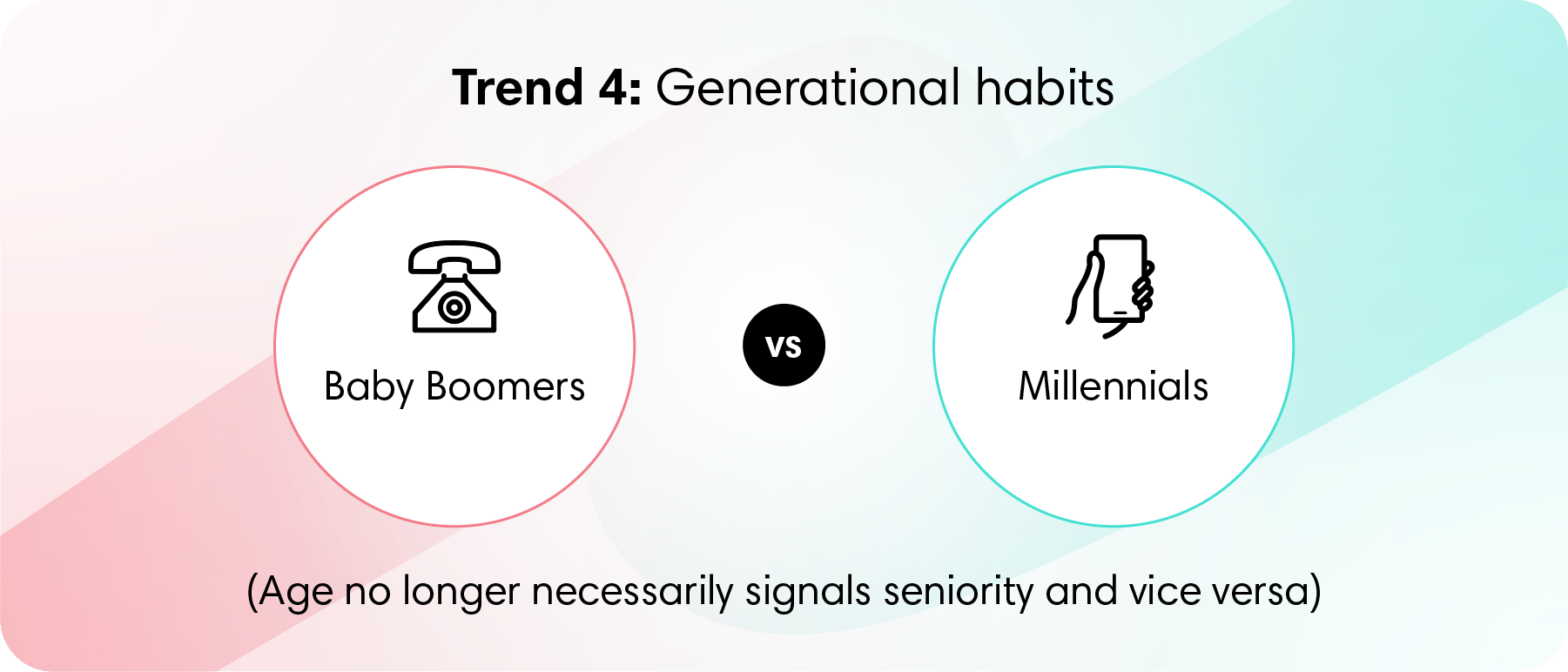Stereotyping Healthcare is a Workforce Hazard

Say "Ford workforce," and the mental image usually includes hard hats, assembly lines, and American muscle.
That may have been true in the past, but does it reflect the company today?
In 2025, the Ford Motor Company employs thousands of software engineers, data analysts, supply chain strategists, architects, designers and professionals across HR, finance, and legal sectors. In healthcare terms, Ford isn't just a manufacturer with a stereotypically uniform workforce. It's a muti-faceted team of skilled frontline, technical, and corporate workforces.
And when it comes to healthcare, relying on outdated assumptions can be costly.
A Job Title No Longer Tells the Whole Story
For decades, there’s been a general assumption in healthcare: that a person’s job, and their employer’s industry, can reliably predict healthcare consumption. Manufacturers compared their health spend and utilization with other manufacturers. Tech firms benchmarked against other tech firms, and so on. For a long time, that logic held.
But the connection between industry and healthcare consumption has quietly eroded. Today’s workforce is more dynamic, mobile, and diverse. Roles change quickly. Tenures are shorter. Geographic ties are weaker. And new generations bring different health needs and expectations to the table.
At Nomi Health, we’ve seen this shift firsthand across hundreds of large and small employer clients. Traditional occupational labels, like the color of a work collar, no longer provide a clear view into population's health. That’s left a real analytic gap, and more employers are urgently searching for better tools to close it.
Four Workforce Trends Are Reshaping Healthcare Strategies
The patterns we’ve seen across our clients reflect a broader shift underway in the labor market. National workforce and industry data confirm it: today’s employees look very different from the workforce most healthcare strategies were originally designed to serve. Consider four labor force trends that have a major impact on health, access, and care engagement at work.

Frequent job changes complicate health predictions.
In 1975, median tenure for men in mid-career roles was about 20 years. Today, the average for all private-sector workers is just 3.9 years—the lowest on record.
When workers stayed in one role longer, their job was a reliable signal for health risks. Blue-collar roles often meant injuries from physical labor or chemical exposure. White-collar workers, in contrast, faced fewer physical hazards but higher risks of stress, chronic conditions, and sedentary lifestyles.
Today, with employees switching roles more often, healthcare behavior reflects a mix of experiences, not just their current job.

A changing workforce brings changing health needs.
In 1975, the workforce was over 80% White, more than 60% male and heavily concentrated in mid-career age brackets. Today, women make up nearly half of all workers and approximately 40% identify as Hispanic, Black, or Asian.
These shifts challenge old assumptions about who holds which jobs and what their health needs are. Manufacturing isn’t just young men in physically demanding roles anymore. Factory teams now include women in logistics, older workers on automated lines, and multilingual staff supporting global operations. Corporate roles span a wider range of ages, cultures, and family responsibilities, including caregiving and chronic conditions.
As the workforce evolves, so do the ways people access and navigate care. Understanding these changes allows for smarter, more responsive strategies that reflect how today’s employees consume healthcare.

Health access depends on ZIP code, not headquarters.
In the past, workforces were often clustered near company headquarters, making location or industry a useful proxy for employee health context. That’s no longer true.
Today, many employers operate across dozens of states. Employees live in ZIP codes with wide variation in healthcare access, cost, and risk. In a recent internal study of 400+ clients, the average large employer had staff in more than 12 states. This dispersion has only grown since COVID-19, with more employees in remote or hybrid roles untethered from a central office.
A single employer might have workers in rural Alabama, suburban Ohio, and downtown Los Angeles—each using different networks, facing very diverse environmental risks, and social conditions. Headquarters' locations no longer reflect where employees live or how they access care.
Healthcare is still local. Knowing where your people actually are seeking care is key to building smarter, more responsive strategies.

Age, not title, drives healthcare preferences.
Boomers often built relationships with primary care providers and followed traditional care pathways. Millennials and Gen Z, who now make up most of today’s workforce, use urgent care, rely on digital-first services, and often delay care due to out-of-pocket cost.
Here’s the twist: age no longer maps neatly to seniority. A 28-year-old director and a 55-year-old analyst might work side by side. Job titles don’t reveal much about healthcare preferences; but generational habits might.
Assumptions that leaders prefer traditional care can miss younger people’s preferences and vice-versa.
To build smarter strategies, it’s crucial to understand healthcare habits by generation, not just by title.
Introducing a Smarter Approach for the Modern Employer
Yesterday’s models weren’t built for today’s workforce. That’s why the Nomi Health team spent the past year developing a new approach. We analyzed hundreds of large employers to uncover real patterns in healthcare use, spend, and outcomes; patterns that go far deeper than industry codes or HQ location.
That work became the foundation for our healthcare archetypes: a way to group and compare workforces based on how they engage with the healthcare system, not just where they work or what they’re called.
Here’s what that means for you: a data-rich, user-friendly way to understand, measure, and compare your population based on real-world behavior. No more relying on broad industry categories. Now you can benchmark against true healthcare peers with similar patterns of utilization and outcomes.
Find your employer health archetype for free now at https://g.nomihealth.com/.





